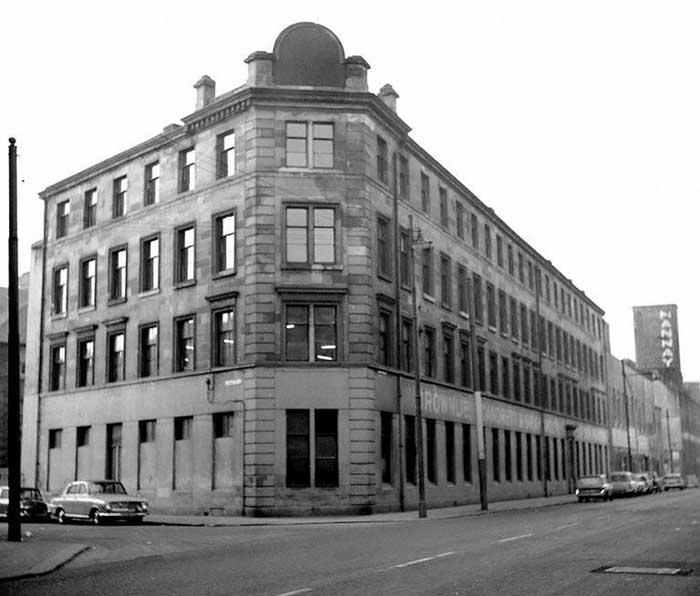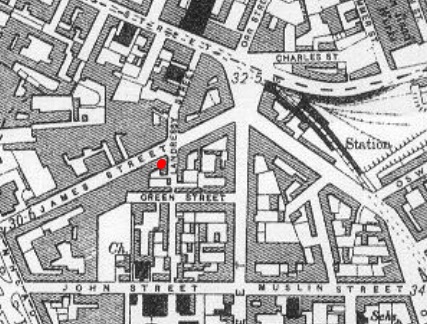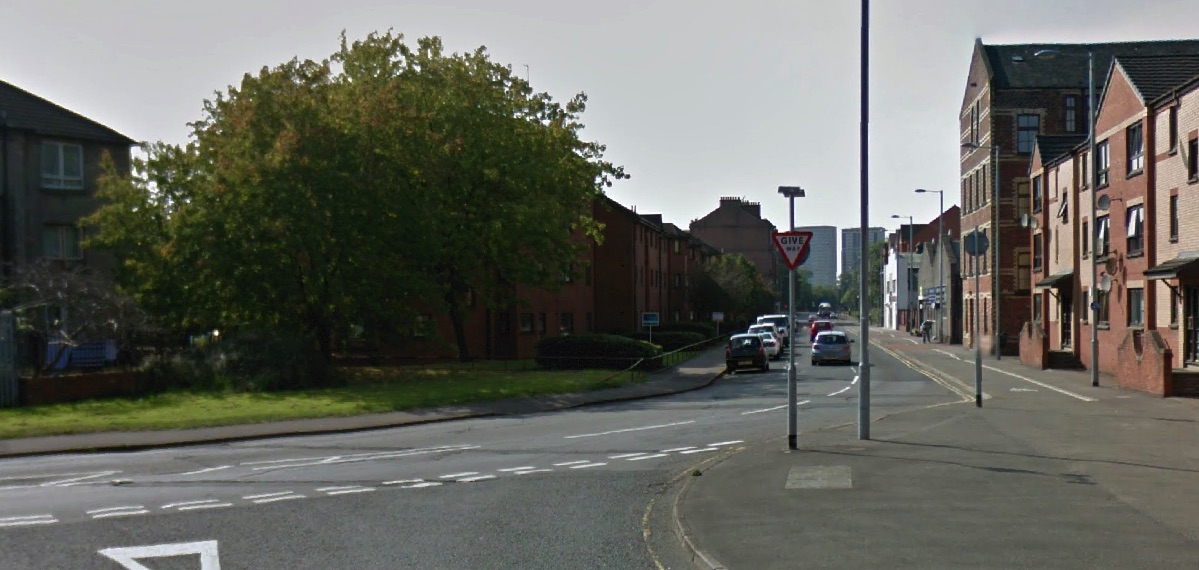|
Streets of Bridgeton
.
The old SINGER factory in Bridgeton

James Street at south junction of Landressy Street c1967
photo looking SW down James Street towards Glasgow Green
Mr.Alexander Anderson was the Manager at James Street,
John MacDonald and Hugh Wallace were the Assistant Managers
The James Street factory building was begun in August 1872, finished the following year
and had an output of 600 machines a week, rising to 5,150 a week by 1884.
|

|
This old 1914
Bridgeton
street map
clearly shows
the location
of this building.
|
In addition to
SINGER's American factories the company had production plants in
Canada, Germany and Russia. However its first overseas factory was
opened in Glasgow, Scotland in 1867, and in 1871 moved to a larger
factory at James Street, Bridgeton.
Bridgeton was the first site outside the United States where the
SINGER company produced complete machines, and operated from 1871 until 1884.
Singer sewing machines, as this time, were
being exported all over the world and the
factory in Bridgeton was opened to keep up with world demand. Equipment
was installed into this large three storey building and at one time it
was reported that it was the largest sewing machine factory in the
United Kingdom.
The factory was employing, at its peak, 2,000 people
producing over 5,000 machines per week. But demand still outstripped
the production capacity
of this small plant, the Glasgow Evening News reported a waiting list
for
40,000 sewing machines.
Singer began looking around for a new location and with
demand for sewing machines so intense they decided to move to a green
field site in Kilbowie, very near to the new shipyard of the Thomson
brothers, Clydebank. It had the advantage of a good transport system by
road, rail, canal and river so that goods could be brought into the
factory and the sewing machines transported to the rest of the UK and
Europe easily. In 1883, the Glasgow Evening News described the site as
one of the most desirable in the kingdom.
|
The Bridgeton building was demolished along with just about every old building in Bridgeton to make way for new housing.
|

|
.
|